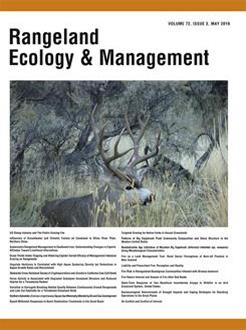Rangeland invertebrates contribute greatly to biodiversity and provide important services including pollination, pest control, and nutrient cycling. As wildfire frequency increases across these areas of the United States, it is imperative to understand how these disturbances affect beneficial invertebrate communities. We examined bee (Hymenoptera), spider (Araneae), and vegetative communities 1 yr before and 1 yr after a large wildfire swept across an intact grassland in eastern Oregon. Several sites were left unburned after the fire, and a before-after-control-impact study design was used to assess changes within the communities. Fire had no effect on bee or spider abundance, or spider diversity or richness; however, fire significantly increased native bee diversity and richness. In addition, composition of both native bee and spider communities differed significantly between burned and unburned areas 1 yr after the fire. Sheet web spiders (Linyphiidae) and several bee species (primarily large, generalist species) were associated with burned sites. Invasive annual grass and biological soil crust cover decreased significantly in burned sites, but maximum vegetation height and litter cover did not differ significantly among treatments. Forb abundance increased in burned sites; however, species richness of forbs in burned and unburned sites did not differ significantly 1 yr after the fire. Several forbs were indicative of burned areas including non-native species, such as Douglas' knotweed (Polygonum douglasii) and Russian thistle (Salsola tragus), and native species such as Canadian horseweed (Conyza canadensis), hoary tansyaster (Machaeranthera canescens), and tall willowherb (Epilobium brachycarpum). This study demonstrates that both invertebrate and plant communities show strong short-term responses to wildfire, and our results can be used to inform management of rare habitat and biodiversity in rangelands impacted by wildfire in arid grasslands.
BioOne.org will be down briefly for maintenance on 17 December 2024 between 18:00-22:00 Pacific Time US. We apologize for any inconvenience.
How to translate text using browser tools
30 April 2019
Short-Term Response of Two Beneficial Invertebrate Groups to Wildfire in an Arid Grassland System, United States
Lauren A. Smith DiCarlo,
Sandra J. DeBano,
Skyler Burrows
ACCESS THE FULL ARTICLE

Rangeland Ecology and Management
Vol. 72 • No. 3
May 2019
Vol. 72 • No. 3
May 2019
Araneae
Community response
Hymenoptera
Invasive annual grasses
native bees
spiders




